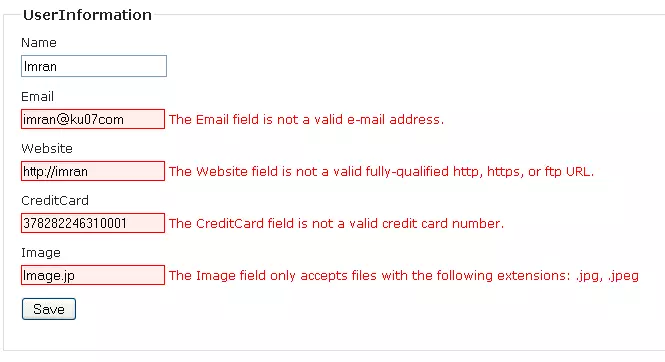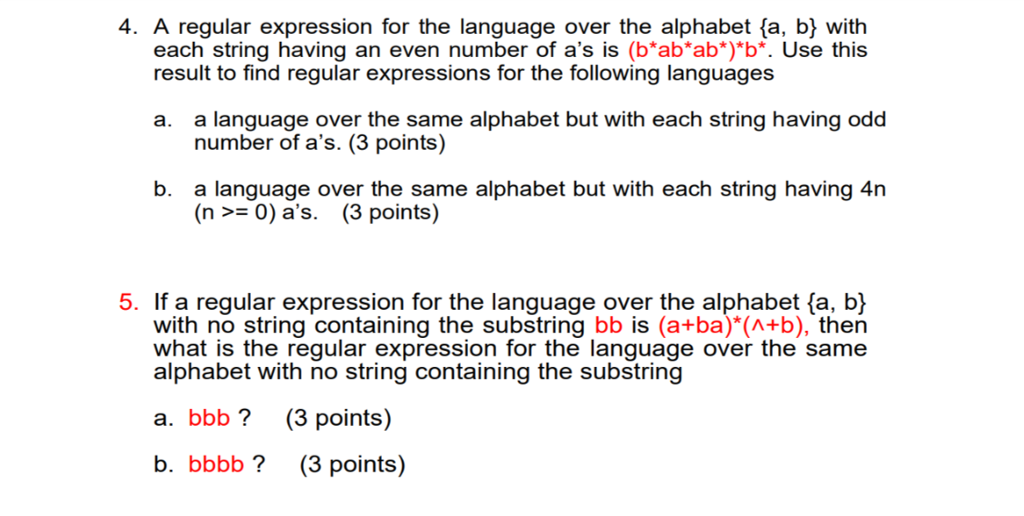

Here is an excerpt of the Baltimore City homicides dataset: The data in this file contain data from January 2007 to October 2013. Unfortunately, the data on the web site are not particularly amenable to analysis, so I’ve scraped the data and put it in a separate file. I encourage you to go look at the web site/map to get a sense of what kinds of data are presented there. That data is collected and presented in a map that is publically available. The Baltimore Sun newspaper collects information on all homicides that occur in the city (it also reports on many of them). Probably easier to explain through demonstration.įor this chapter, we will use a running example using data from homicides in Baltimore City. Regexec(): This function searches a character vector for a regular expression, much like regexpr(), but it will additionally return the locations of any parenthesized sub-expressions. Sub(), gsub(): Search a character vector for regular expression matches and replace that match with another string Regexpr(), gregexpr(): Search a character vector for regular expression matches and return the indices of the string where the match begins and the length of the match grepl() returns a TRUE/ FALSE vector indicating which elements of the character vector contain a match grep() returns the indices into the character vector that contain a match or the specific strings that happen to have the match. Grep(), grepl(): These functions search for matches of a regular expression/pattern in a character vector. The primary R functions for dealing with regular expressions are 22.4 Example: Bootstrapping a Statistic.21.3.2 Changes in PM levels at an individual monitor.21.2 Loading and Processing the Raw Data.21 Data Analysis Case Study: Changes in Fine Particle Air Pollution in the U.S.15.3 Lexical Scoping: Why Does It Matter?.15.1 A Diversion on Binding Values to Symbol.12.3.1 Common dplyr Function Properties.12 Managing Data Frames with the dplyr package.9.5 Extracting Multiple Elements of a List.9.4 Subsetting Nested Elements of a List.


5.3 Reading in Larger Datasets with read.table.5.2 Reading Data Files with read.table().3.2 Getting started with the R interface.


 0 kommentar(er)
0 kommentar(er)
